Late season hunts are some of the most underrated elk hunting opportunities. In recent years, archery elk hunting has dominated the conversation. And here in Colorado, the first rifle season has become very popular. Meanwhile, our third and fourth rifle season hunts are often undersubscribed.
If your goal is to put elk meat in the freezer or to have an opportunity at a big bull, you might want to consider bucking these trends.
Why The Focus on Early Season Hunts?
It’s no secret why elk hunters love the September archery seasons. Hunting elk in September is something special. There’s nothing quite like calling in a bull elk. We certainly can’t argue with that.
It’s also easy to see why many rifle hunters here in our home state of Colorado have gravitated toward the first rifle season. This year, first rifle season opened on October 15th. The rest of our rifle seasons don’t happen until the very end of October and run all the way into late November. When it comes to weather and vehicle access, we can see how those dates in mid-October seem like a much safer bet.
However, we’d argue that the later rifle seasons offer a much better opportunity to fill the freezer and even find those bigger bulls that tend to disappear after the rut. Of course late season hunting comes with its own set of challenges – namely, colder weather and more difficult access with the potential for snow on the roads.
But on the other side of those challenges can be some very productive hunting.

Why Attempt A Late Season Elk Hunt?
1. Better Hunting Weather
First, late season hunts can provide more favorable weather than earlier in the year. And by “favorable”, we’re talking about sub-freezing temperatures and snow.
During cold weather, elk will spend more time on their feet during the day. It's not unusual to find them on sunny, south facing slopes where they can graze. It’s often much easier to locate elk this time of year than during the mild days of October when they often stay bedded in heavy timber throughout the day.
See this previous post for more information on how and why you should be hunting in cold weather.

2. Hunt Bulls on Their Own Terms
November can be a great time to pursue bull elk. Removed from the pressures of the rut, bulls will drift off alone or in bachelor groups. Without a dozen set of eyes and noses around, this is a perfect time for spot-and-stalk hunting tactics.
Even as cows migrate toward winter range, bulls will often stay high on the mountain or in places where they feel safe. Don’t assume that a late season hunt means hunting on winter range. Bull elk will stay in their high elevation haunts or on steep canyon walls as long as the snow allows. Find vantage points where you can glass timber edges, old burns, or the edges of aspen stands. Focus on steep slopes where bulls have both food and safe cover.
It’s often a game of patience and persistence to glass up a late season bull. When you spot one, it’s time to plan the stalk. Late in the season, bulls aren’t likely to move far if they are not bumped. Just this year during Colorado's 4th rifle season, we watched a bachelor group of six mature bulls follow the same routine each morning. This late season behavior provides great opportunities to plan and execute a stalk.

3. High Success Cow Hunts
When hunting cows during a late rifle season, you may focus on the transition zones toward their winter range. Spot and stalk hunting tactics will also serve you well. Find vantage points where you can cover ground with your optics. Where you find one cow this time of year, you'll likely find a bunch.
These late season cow hunts often boast higher success rates than hunts earlier in the year. With the onset of cold weather and migration out of rough country, cows often become more visible, spending more time on the open, south-facing slopes.

Consider these things when planning a late season elk hunt:
1. Accessible Public Land
When planning any late season hunt, first consider areas that offer accessible public land throughout the elk’s migratory transition zones. For example, if a unit’s public land is all above 9,000 feet and the valley floor is entirely private, this could be a concern. It might be fine for hunting bulls if there’s little snow. But it might be difficult to hunt cows in December. Units with accessible public land in a variety of habitat zones will give you more options, depending on weather, snow depth, and other seasonal variables.

2. Quality Cold Weather Gear
Next, you’ll need to consider the necessary gear before attempting a late season hunt. Quality boots, quality clothing, an adequate tent and sleep system are all factors that you’ll need to think about (see our previous post on adjusting your sleep system for colder weather). Hunting during cold weather is a ton of fun if you’re prepared for it. If you’re not prepared, it can be miserable.

3. Don’t Forget Game Bags
Occasionally we hear hunters say they plan to leave the hide on their elk quarters during cold weather. If you like your game meat, this is a bad idea. Don’t underestimate the insulating power of an elk hide – even if the weather is cold.
On your late season hunts, you don’t have to worry about insects. But you certainly want to remove that hide and get your quarters into protective and breathable game bags as soon as possible. A quality game bag will allow the meat to cool fast and form a protective rind.

Where to Find Late Season Hunting Opportunities
Here in our home state of Colorado, there are some excellent late season hunting opportunities for both bull and cow elk. Montana also offers some great late season dates.
Here a few late season elk hunting opportunities to consider:
1. Colorado’s 4th Rifle Elk Season
Here in Colorado, elk licenses for the second and third rifle seasons are unlimited and sold over the counter. No application or drawing is required. These rifle seasons provide a great deal of opportunity. But they’re also known to attract big numbers of hunters. Hunting during the later fourth rifle season is a great way to avoid some of that pressure and catch elk moving during cold weather.
The fourth rifle season dates are later in November and offer a great opportunity to hunt bulls alone or in bachelor groups. And since this season is limited by drawing only, you’ll be competing with fewer hunters than you would during the OTC rifle seasons.
Even though you must apply for a limited tag, all but just a handful of Colorado’s fourth rifle season tags can be drawn with fewer than two preference points, even if you’re a nonresident. In fact, many units can be drawn with no points at all. Next year, consider applying for one of these late bull elk hunts.

2. Late Season Cow Hunts in Colorado
If your priority is bringing home elk meat and you’re willing to give up the chance at a bull, Colorado offers some antlerless late season hunts. These late season cow hunts often boast high success rates compared to the regular rifle seasons. The season dates vary from one unit to another, but many of these late season hunts extend into December or even January.
Like the 4th rifle season in Colorado, late rifle seasons require hunters to apply in the annual big game draw. Applications are due the first Tuesday in April. But don’t let the application process deter you. Even as a nonresident, many of these late season hunts can be drawn with no preference points. If you’re willing to save a preference point or two, you’ll have even more options.
Additionally, cow elk permits may be available in cases of game damage on agricultural lands. These can be great opportunities for kids or first-time hunters. Check with local landowners about these depredation tags, or contact your local game warden for possible opportunities.

3. Montana’s General Rifle Season Dates
Montana offers some of the most generous season dates of anywhere in the west. With a general license, you can hunt during the early archery season and then return for the rifle season if you haven’t filled your tag. If you’re able to take the time away from work and family, this offers the best of both worlds. What’s more, Montana’s general rifle season runs to the first of December. This provides hunters the chance to hunt solitary, post-rut bulls after the cows have drifted toward winter range.
To draw a general license in Montana, you must apply. But with such a long season to hunt, it is worth the effort. Your general license in Montana even includes your upland game bird and fishing licenses. Montana’s application deadline is March 15. If you’re a nonresident, there’s a good chance of drawing a Big Game Combination License or Elk Combination License with no preference points. However, the demand seems to increase every year.
Don’t Overlook Late Season Advantages
We know; it’s fun to hunt during the rut. And purchasing an over-the-counter rifle tag here in Colorado might be the easier thing to do. But consider applying for a late season opportunity. You might just find fewer people and some great elk hunting conditions.

By Ryan McSparran
Ryan is an elk hunting guide based in Colorado, and is proud to be a part of the team at Caribou Gear.







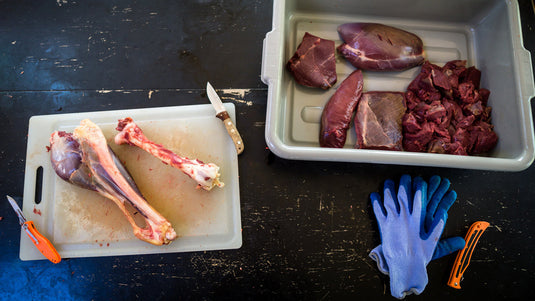
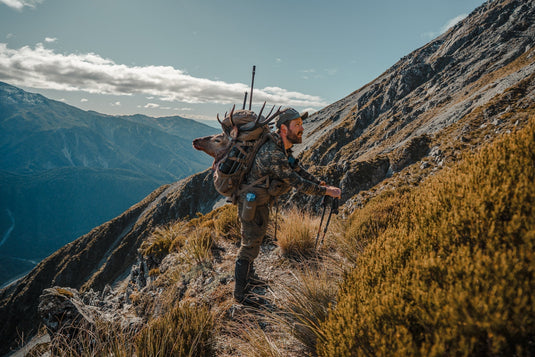
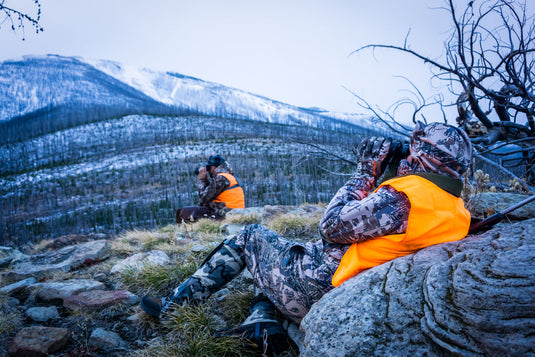
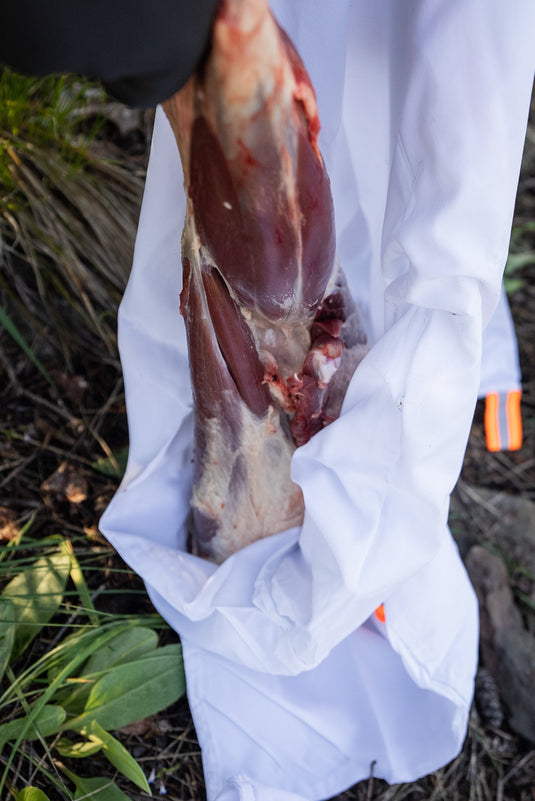
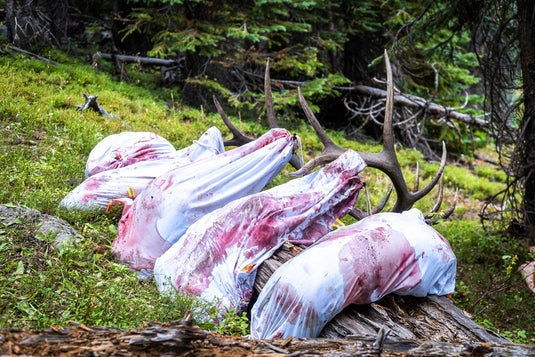
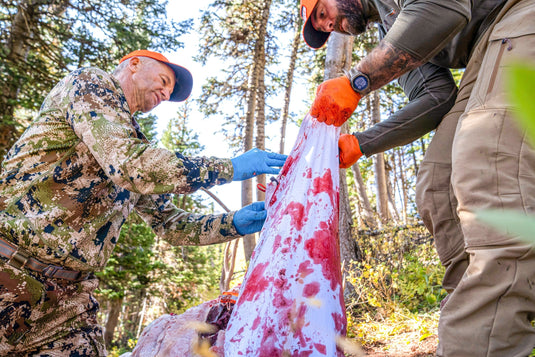
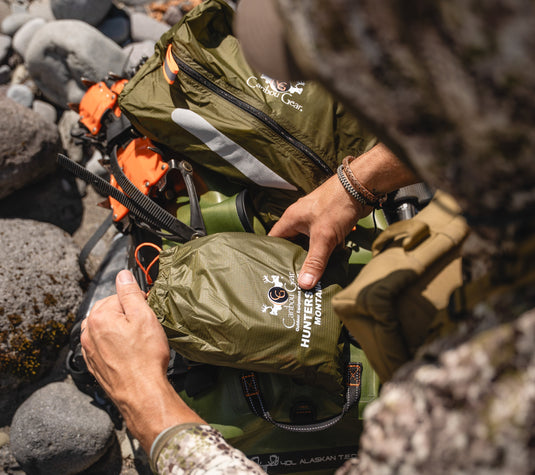
Really appreciate the article it was very informative. Please keep it up! By the way, I absolutely love your products. Your game bags are a must for all my deer and elk hunting.
Really appreciate the article it was very informative. Please keep it up! By the way, I absolutely love your products. Your game bags are a must for all my deer and elk hunting.